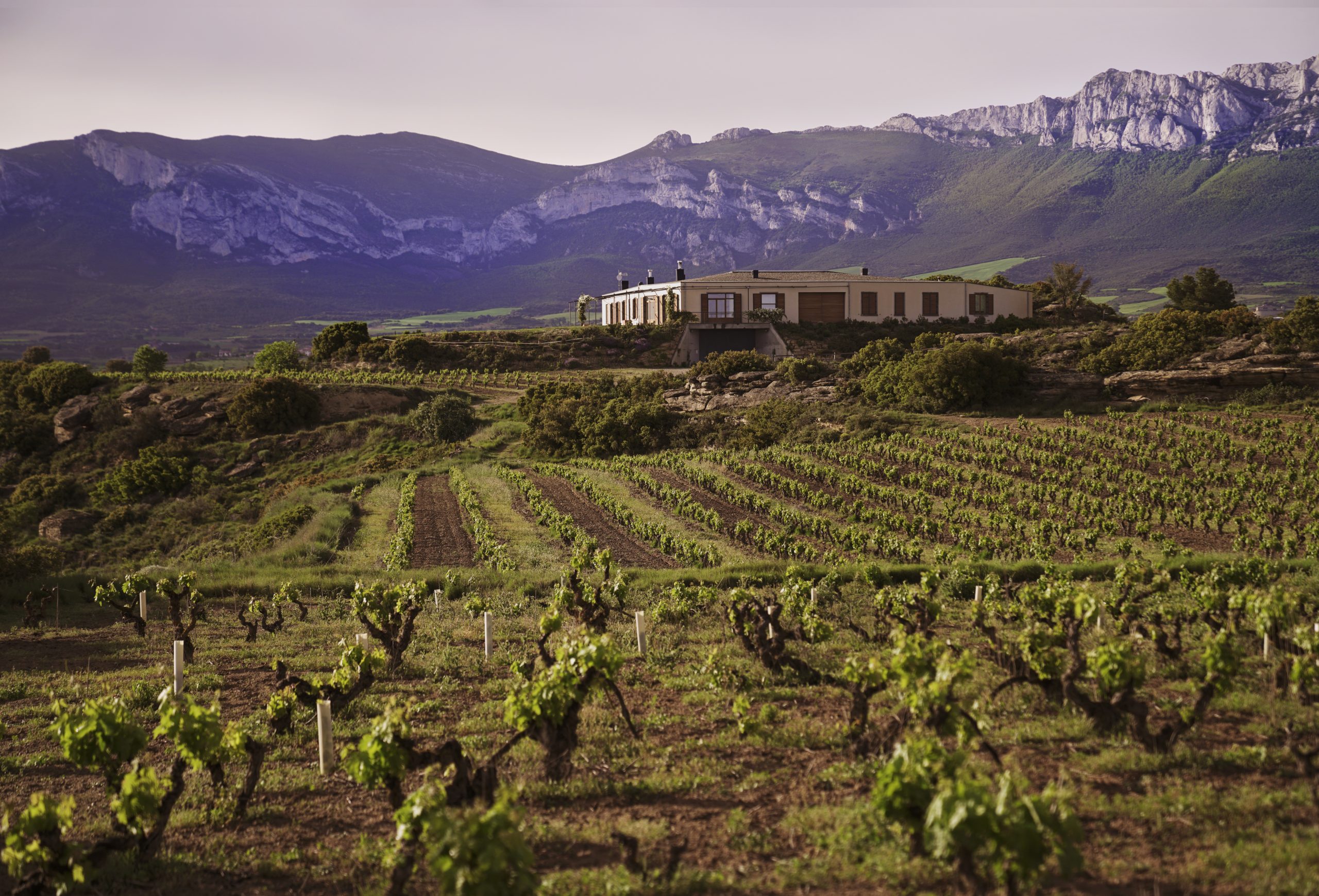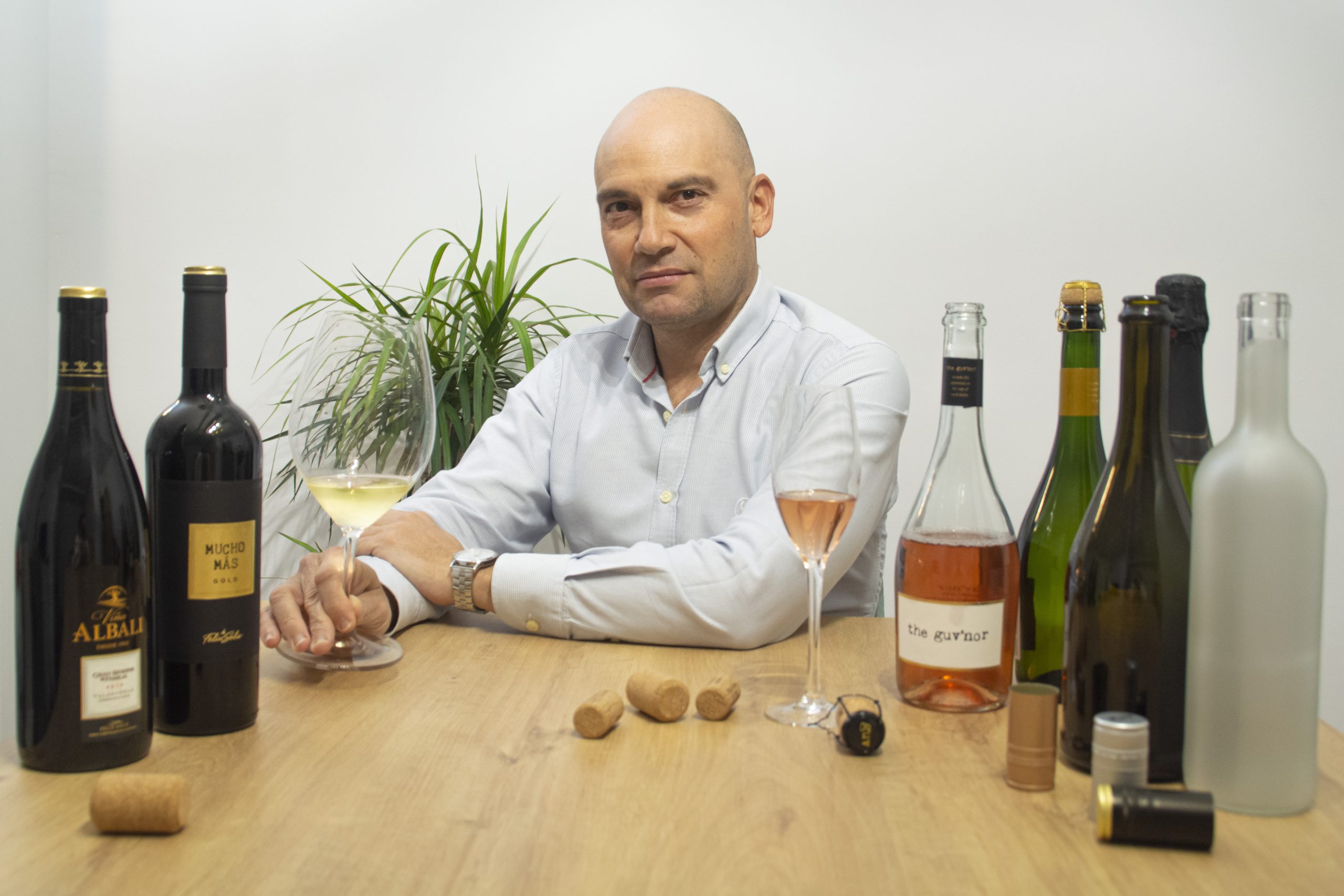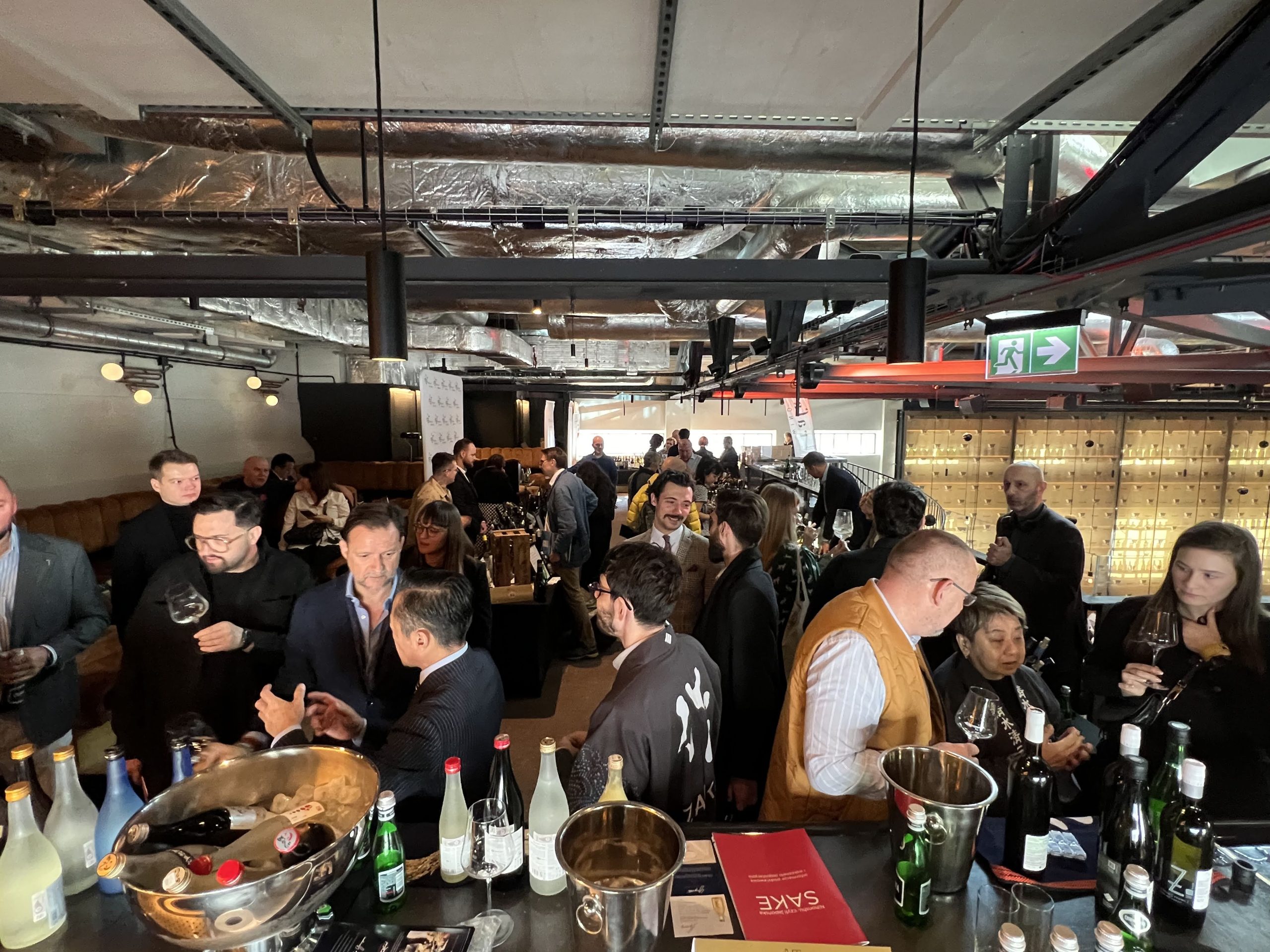This website uses cookies so that we can provide you with the best user experience possible. Cookie information is stored in your browser and performs functions such as recognising you when you return to our website and helping our team to understand which sections of the website you find most interesting and useful.
CHAMPAGNE / ANALYSIS: Champagne Supernova
By db staff writerThe Champagne region is expecting its best year yet, with sales predicted to eclipse even those of the pre-millennium frenzy. And there’s no sign of the bubble bursting yet, says Pat Straker
Champagne seems set for its best ever year, even surpassing the shipments achieved in the pre-millennium “fantasy†year of 1999. By the end of June, shipments for this first half-year were running ahead by 9.5 million bottles, an increase of almost 9% compared with the first six months of last year. While it is true that the second half of the year accounts for two-thirds of the total shipments of Champagne, a nil growth from July until the end of December would still result in shipments beating the previous best ever calendar year total of 315m bottles in 1999.
In each of the last three years, the Champagne balancing act has reached new heights. When global sales reached 300m bottles in 2003/2004, there were serious doubts that the Champagne market could be raised any higher. Too much forward movement in demand could upset the delicate supply balance, it was argued. Thanks to bumper harvests in 2004 and 2005, sales inched even higher, surpassing 307m bottles in 2005/2006 and 317m bottles in 2005/2006. And this time there is a safety net of more than 125m bottles set in reserve, in case of a crop flop.
Which ever way you look at it, the latest Champagne statistics, revealed by the CIVC, make incredible reading, particularly when you take into consideration the generally indifferent state of all the various wine areas around the globe, where the problems of surplus production, highly competitive prices and lower consumer demand seem high on the agenda. This is certainly not the case in Champagne. Quite simply, with shipments of Champagne topping 317m bottles in the 12 months ending June 2006 there seems to be no slowing down in demand for Champagne. At the same time, prices remain firm and consistent and, at the time of writing, the supply base is about to be strongly replenished by this year’s plentiful harvest.
Year of contrasts
As the final vats, filled with the recently pressed juice of the 2006 harvest, begin their slow fermentation, the trade can
allow itself a long sigh of satisfaction that another bumper crop of grapes has been safely gathered in.
From a winegrower’s point of view, this has been a roller coaster of a year. A surprisingly cold end to the winter was followed by fair weather for the flowering and then a blistering hot July which broke all previous meteorological records, registering a full 5 degrees centigrade higher than the average daily July temperatures over the last 30 years. However, predictions for a very early harvest were quickly adjusted backwards when cool wet and “sun shy†days followed for almost the whole of August. In the end, the Champagne grapes were mainly picked during the last fortnight of September (with some earlier exceptions in specific areas) in a frantic race to obtain maximum ripeness with the minimum of rot.
Maximum yield
Despite local hail damage in early July affecting some 500 hectares in the western part of the Marne Valley, the maximum yield of 13,000 kilos of grapes (the absolute maximum allowed according to AOC legislation) seems certain to have been achieved. If this is the case, then the equivalent of 327m bottles can be expected to be added to the overall stock figure for Champagne with a further 27m bottles expected to be set aside as reserve stock.
In effect, this will mean that the grand total of potential stocks of Champagne by the end of this year will have reached 1,035m bottles. Meanwhile, sales of Champagne in the first half-year to date are running some 9.5m bottles higher compared with the first six months of 2005 and, if shipments are maintained at the same rate for the second six months, it is quite possible that shipments will surpass 317m bottles – 2m bottles more than the total achieved in the much hyped pre-millennium year of 1999. If this happens, then there will be sufficient stocks of Champagne to support almost 3.3 years of current annual sales, and with the added bonus of some 150m bottles lying in reserve.
The reserve stock situation has proved to be absolutely crucial in both the maintenance of quality in Champagne production and in the maintenance of pricing within the Champagne industry – both elements being so vital to the continued well-being
of the Champagne category.
As global demand has increased over these last three years, so has the pressure on the producing companies to ensure proper ageing of their brands, but, up to now, the subtle release of more wine from reserve at vital times has enabled planned growth to continue.
At the same time, the release of wine into the supply channels at strategic times has avoided speculative dealing and short-term profiteering that can be so damaging to the Champagne business. So the pricing of Champagne, generally, has been quite controlled over these last three very important years, allowing the grape growers a healthy share of the increasing wealth of the region as well as giving the producing houses sufficient margins to invest and market their specialist brands.
Partner Content
Demand in balance
Much has been said about the diversity of Champagne over recent years, but these latest statistics do confirm how widespread the demand for Champagne has now become. Two decades ago, the home market in France was worth 110m bottles and accounted for 69% of the total sales of Champagne, with export demand at less than 50m bottles (dominated by only a handful of markets). Today, the French market is relatively static at around 180m bottles, while export demand has powered to more than 136m bottles.
France’s share has dropped by more than 10 points to 58%, but the export share of Champagne shipments has risen steadily from less than a third to its current 42% share. In ex-cellar value terms the split between France and exports is exactly 50/50. While France continues to drink its fair share of Champagne, consumption is very price-sensitive, and there is little doubt that a number of leading Champagne houses have been reluctant to put much marketing effort behind their brands in the home market, preferring to allocate these resources to other more exciting and rewarding markets.
It is this recent development of new and exciting markets which is giving a new diversity to Champagne. While these latest statistics show that the traditional and mature markets continue to move ahead (for example, there is clear recovery in Germany where shipments are back to 12m bottles for the 12-month period ending June), they also show strong growth in markets that are relatively new to the Champagne experience. By the end of this year, for example, China is expected to double its Champagne demands (600,000 bottles) while Russia is set to join the million-bottle club within three years.
The million-bottle club
There are now more than a dozen countries already shipping more than a million bottles per annum and, as each year passes, the split in Champagne demand becomes more evenly spread around the global markets.
In the UK, Champagne’s most important market, sales are running a little ahead in the current year, and the 36m bottles shipped in the 12 months to June show that it is head and shoulders above all other export markets. Recovery continues in the US with an increase of 10% registered over the last 12 months ensuring that current shipments are above 22m bottles. Germany, Italy and Belgium are the next three main customer countries (with shipments of 12m, 9m and 8.8m bottles respectively) while Japan has cemented its sixth position in the export league table with shipments in excess of 6.5m bottles.
Alone among the leading export markets to show a steady decline in Champagne demand is Switzerland with shipments down once again. The current shipment level of 5m bottles in Switzerland is almost 50% lower than the 10m bottles shipped just a decade ago. Holland, with shipments of 3.1m bottles, finds that its ninth position is being strongly challenged by the booming markets of Spain (3m bottles) and Australia (2.5m bottles) where an increase of almost 30% in the past 12 months was recorded in both markets.
Russian boom
Sweden, Canada and Austria are the three other million-bottle markets for Champagne, followed, not far behind, by Denmark, Ireland, Singapore, the United Arab Emirates, and Hong Kong. The two European markets of Luxembourg and Portugal, both with shipments of around 600,000 bottles, are closely followed by the new booming Champagne markets of Mexico, Brazil and Russia.
The widening spread of demand is obviously very welcome to the Champagne business and gives a certain comfort zone in maintaining sales stability. However, the fine line between serenity and disaster is always at the back of the mind of the Champenois. It does not take much to upset the apple cart and price adjustments now being introduced into the trade could have a small dampening effect on sales over the next months.
2007 is a double election year for France and, historically, there has always been a blip in Champagne consumption in the weeks leading up to presidential and parliamentary elections. So it is possible that Champagne’s forward momentum might be blunted in the months to come – and maybe that might not be such a bad thing in view of the increasing pressure on existing stocks.
© db October 2006





